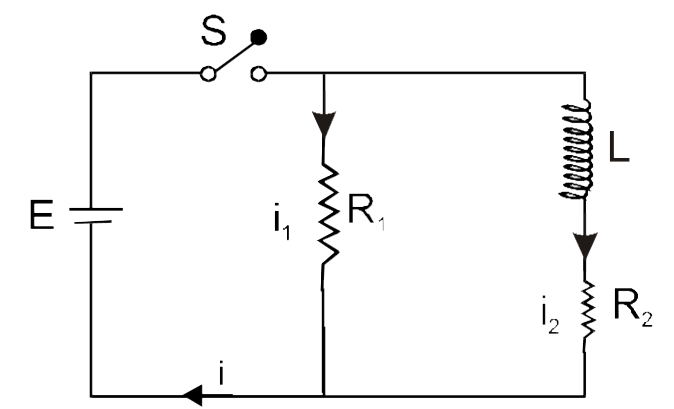In the figure,
E=20V,R1=2 ohm, R2=3 ohm, R3=6 ohm and L=5 henry. The ratio of currents I1 just after pressing the switch S and long time after pressing the switch S is x10. Find the value of x.

The correct Answer is:8.00
Just after pressing the switch
I1=2A
Long time after pressing the switch I1=2.5A
Ratio=0.8=8//10
Topper's Solved these Questions
Similar Questions
Knowledge Check
- Question 1 - Select One
In the circuit given E=6.0V,R1=100ohms,R2=R3=50ohms,R4=75ohms. The equivalent resistance of the circuit, in ohms, is
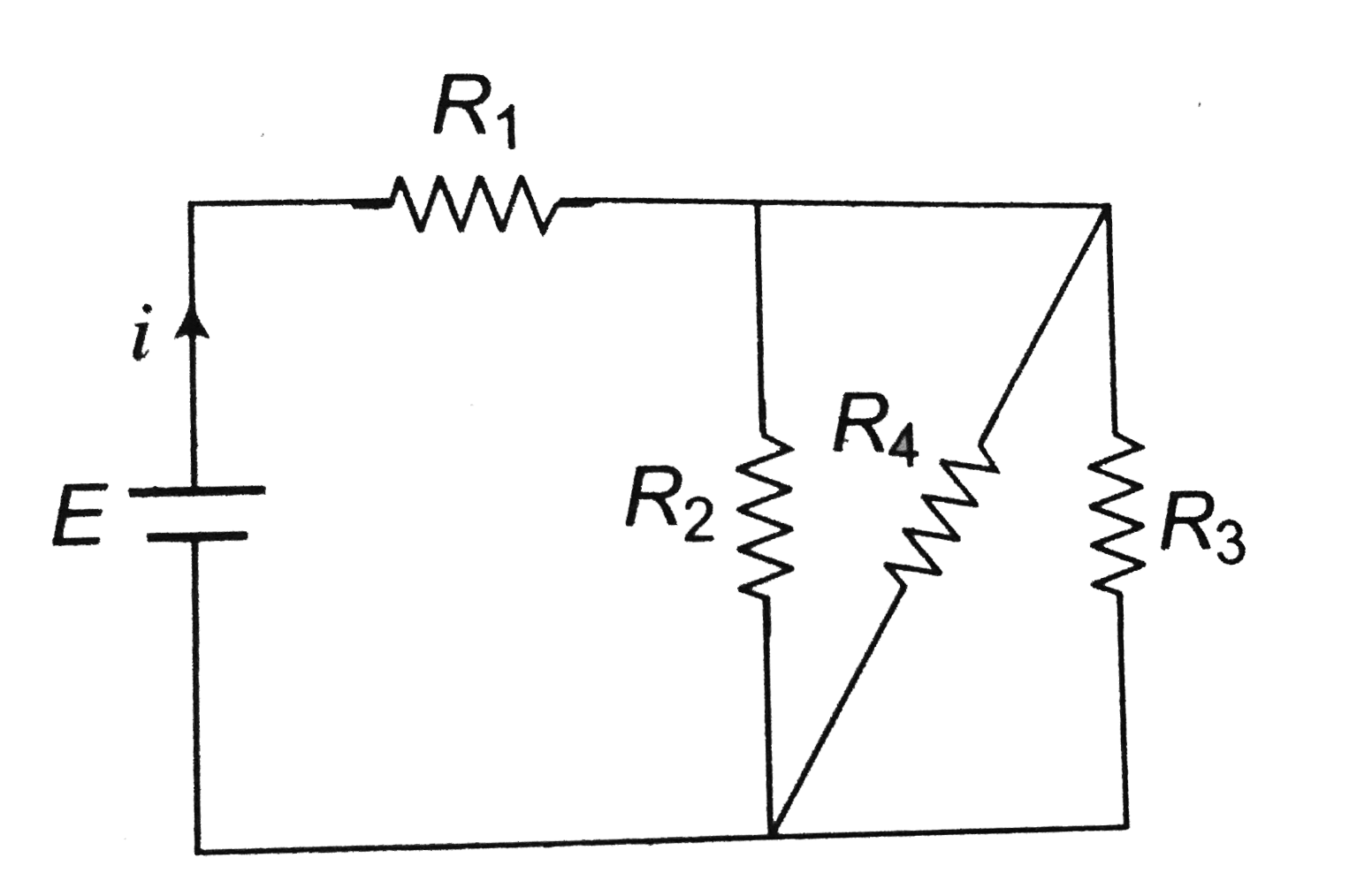 A11.875B26.31C118.75DNone of these
A11.875B26.31C118.75DNone of these - Question 2 - Select One
For the circuit shown in the diagram find the value of Va−Vb after long time closing the switch S1:
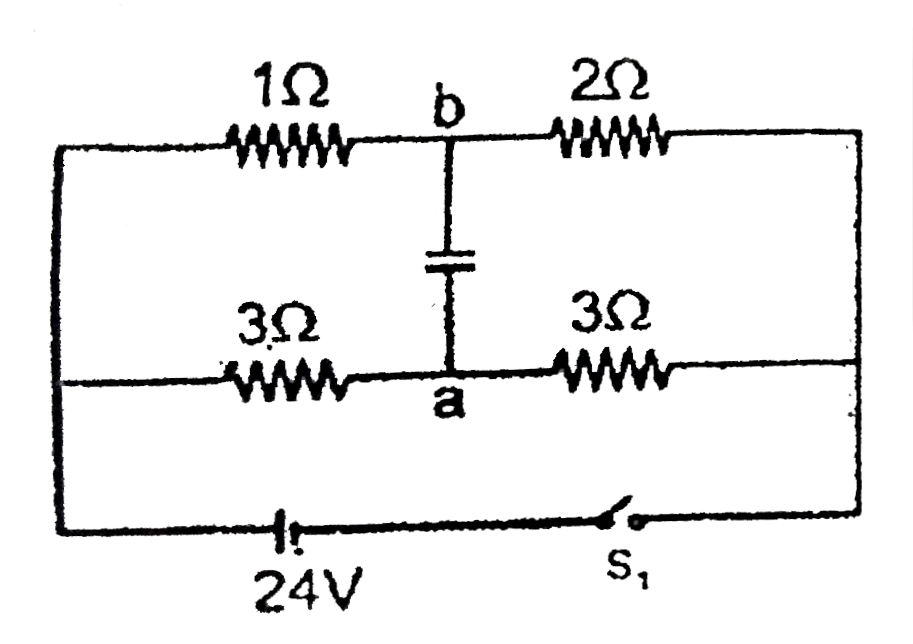 A4VB8VC12 VD16V
A4VB8VC12 VD16V
In cirucit shown in figure-5.111, find the current through battery just after closing the switch and after a long time in steady state.
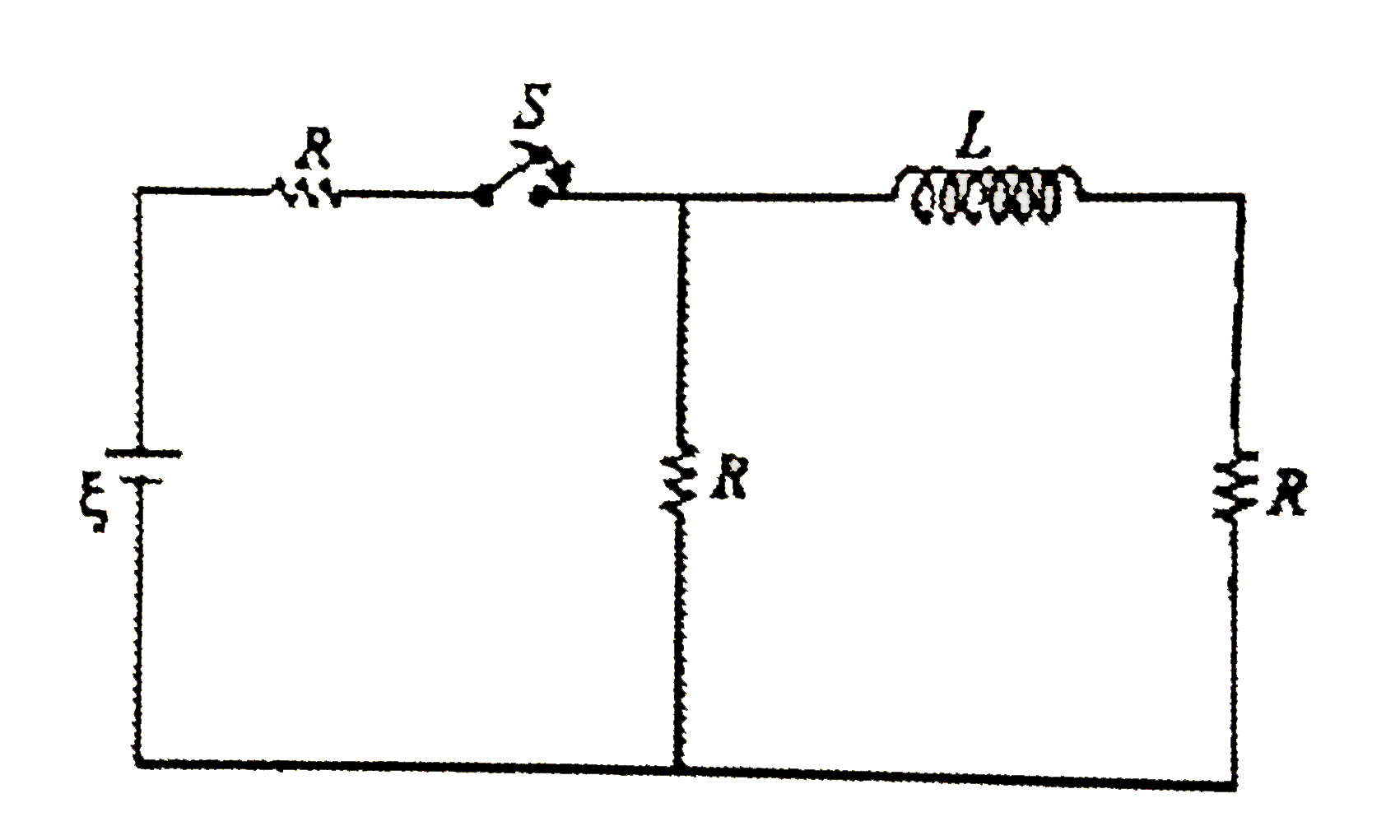 View Solution
View SolutionIn the given circuit
E1=3E2=2E3=6vo<sR1=2R4=6ohms
R3=2R2=4ohmsC=5μf.
Find the current in R and the energy stored in the capacitor.
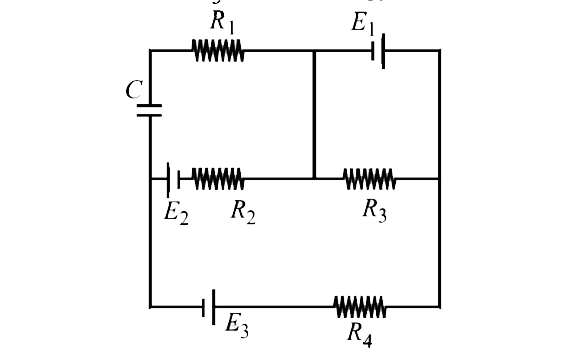 View Solution
View SolutionIn the circuit shown in figure-3.238, find the current in 6Ω resistance just after closing the switch S.
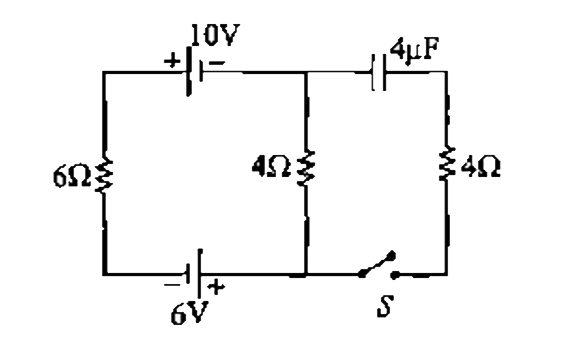 View Solution
View SolutionFor the circuit shown E=50 V R1=10Ω,R2=20Ω,R3=30Ω L = 2.0 mH . The current through R1 and R2 are ________ . And _______ immediate after the switch is closed.
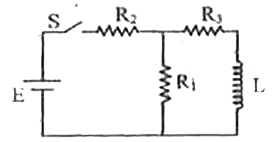 View Solution
View SolutionIn the circuits show ε=15V,R1=1Ω,R2=1Ω,R3=2ΩandL=15H . Find the current i1,i2,i3 (i) immediately after the switch is closed (ii) immediately after the opening from the closed position (iii) sufficiently long after , the switch is opened f rom the colsed position,
View SolutionIn the circuit shown in figure, E=120V,R1=30.0Ω,R2=50.0Ω and L=0.200H. Switch S is closed at t=0. Just after the switch is closed.
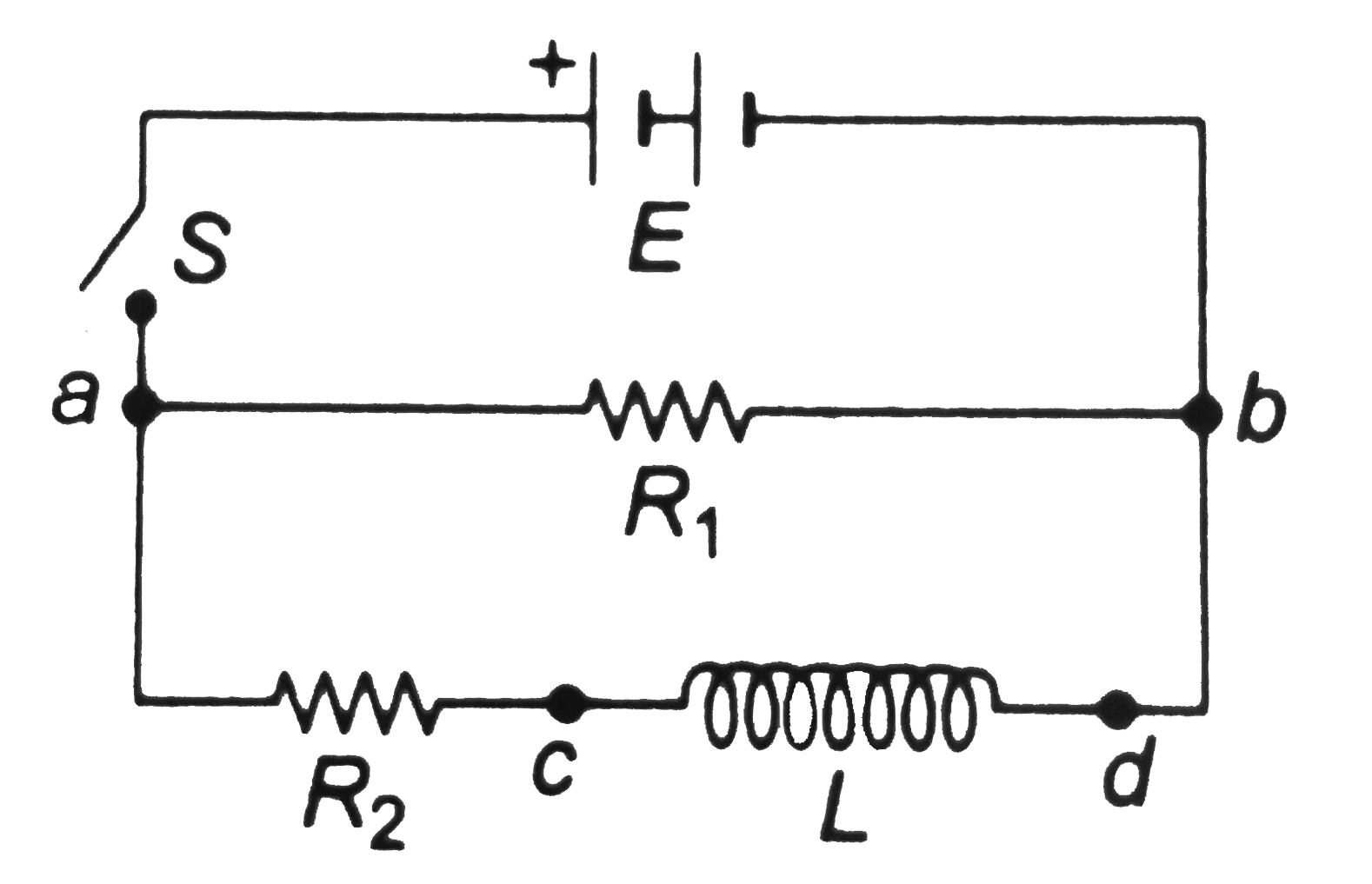
(a) What is the potential difference Vab across the inductor R1?
(b) Which point, a or b, is at higher potential?
(c) What is the potential difference Vcd across the inductor L?
(d) Which point, c or d, is at a higher potential? The switch is left closed for a long time and then is opened. Just after the switch is opened
(e) What is the potential difference Vab across the resistor R1?
(f) Which point a or b, is at a higher potential?
(g) What is the potential difference Vcd across the inductor L?
(h) Which point, c or d, is at a higher potential?View Solution


